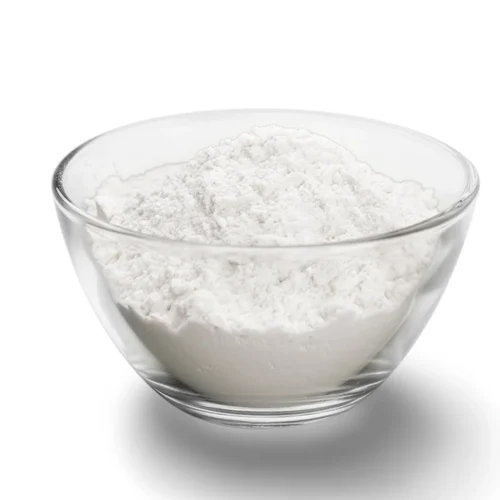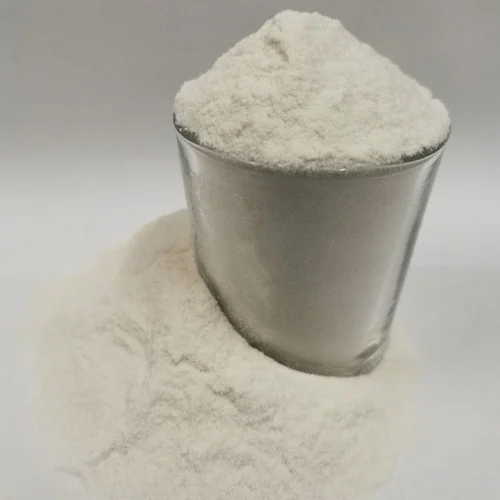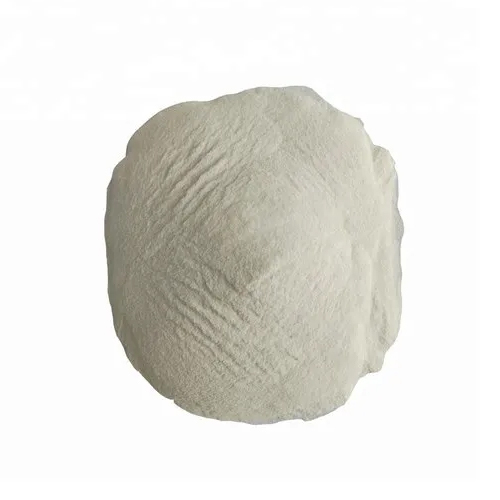
Hydroxypropyl Methyl Cellulose Powder
Product Details:
- CAS No 9004-65-3
- Grade Pharmaceuticals Grade
- Appearance Granular Appearance
- Purity(%) 99%
- Click to view more
Hydroxypropyl Methyl Cellulose Powder Price And Quantity
- 100 Kilograms
- 390 INR/Kilograms
Hydroxypropyl Methyl Cellulose Powder Product Specifications
- Granular Appearance
- 9004-65-3
- Pharmaceuticals Grade
- 99%
Hydroxypropyl Methyl Cellulose Powder Trade Information
- Cash in Advance (CID)
- 1000 Kilograms Per Month
- 5-7 Days
- Asia, Australia, Central America, North America, South America, Eastern Europe, Western Europe, Middle East, Africa
- All India
Product Description
Hydroxypropyl methylcellulose (HPMC) has become an indispensable ingredient in various industrial applications. As a versatile polymer, it is extensively utilized by manufacturers and suppliers across a wide range of sectors. This blog aims to provide valuable insights into the world of HPMC, covering its properties, applications, market trends, and key players in the industry.
Hydroxypropyl methylcellulose (HPMC) is a versatile cellulose ether known for its water retention and viscosity properties. This polymer finds applications across various industries, notably in the construction sector for mortar, cement, and coatings. Sakshi Chem Sciences, based in Maharashtra, is a reputable supplier known for the purity of HPMC. Its wide usage in thickening, packaging, capsules, and cosmetics highlights the importance of this compound in modern manufacturing processes.
Key Highlights
- Hydroxypropyl methylcellulose (HPMC) is a versatile polymer derived from cellulose, widely used across industries such as construction, pharmaceuticals, and cosmetics.
- In India, the HPMC market is experiencing significant growth, driven by increasing demand from end-use sectors.
- Maharashtra stands as a major production hub for HPMC in India.
- Sakshi Chem Sciences is a leading manufacturer of different grades of HPMC.
- The price of HPMC varies based on factors like grade, viscosity, and supplier, but generally remains competitive in the Indian market.
Key Properties and Industrial Applications of HPMC
HPMC finds extensive use across various industries thanks to its unique set of properties. The ability of HPMC to dissolve in water and form clear, viscous solutions makes it a highly desirable ingredient. Coupled with its excellent film-forming, binding, and thickening abilities, it's no surprise that HPMC is widely employed in industries ranging from construction and pharmaceuticals to cosmetics and food.
Frequently Asked Questions
What distinguishes pharmaceutical-grade HPMC from industrial-grade?
Pharmaceutical-grade HPMC is held to stricter purity and quality standards than industrial-grade. This ensures low microbial limits, controlled viscosity, and suitability for use in drug formulations.
How does the viscosity of HPMC affect its application in different industries?
Viscosity dictates HPMC's flow and thickness. Low viscosity suits coatings, while high viscosity is ideal for construction materials. The pharmaceutical industry often utilizes specific viscosity grades for controlled drug release.
What are the key features and benefits of using Hydroxypropyl Methylcellulose API?
Hydroxypropyl Methylcellulose API offers excellent film-forming properties, improved drug solubility, and controlled release in pharmaceutical formulations. It enhances viscosity and stability in construction materials, paints, and cosmetics. Its biodegradability makes it environmentally friendly.

Price:
- 50
- 100
- 200
- 250
- 500
- 1000+





 English
English Spanish
Spanish French
French German
German Italian
Italian Chinese (Simplified)
Chinese (Simplified) Japanese
Japanese Korean
Korean Arabic
Arabic Portuguese
Portuguese